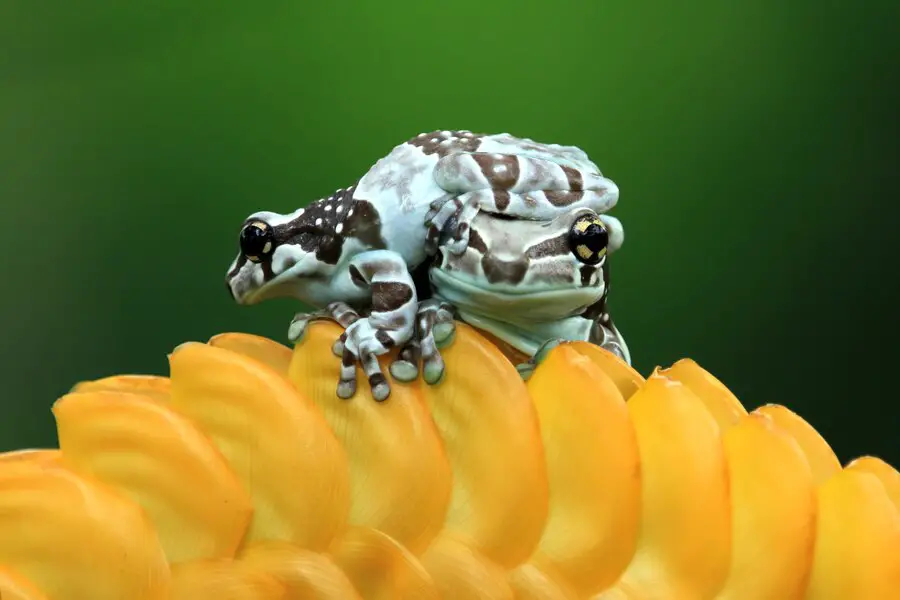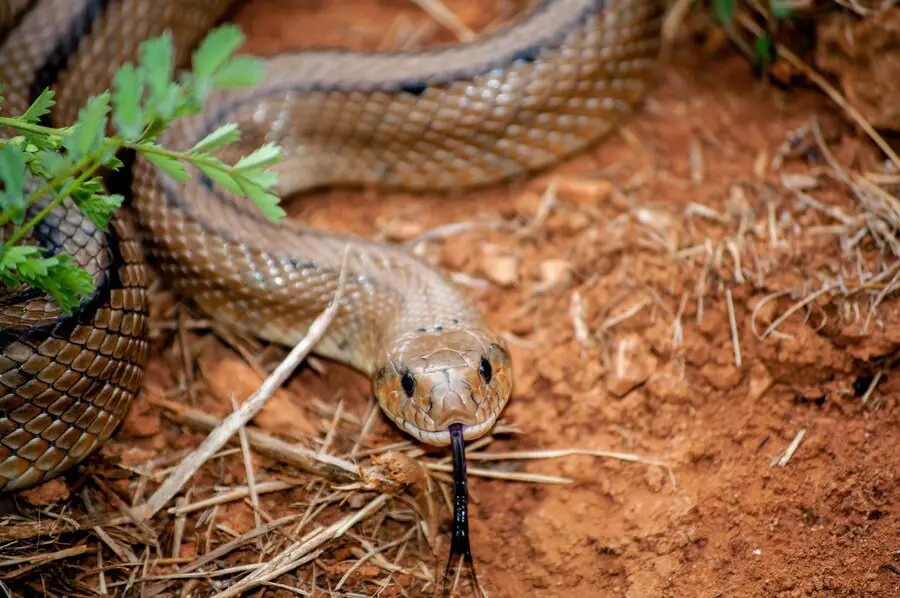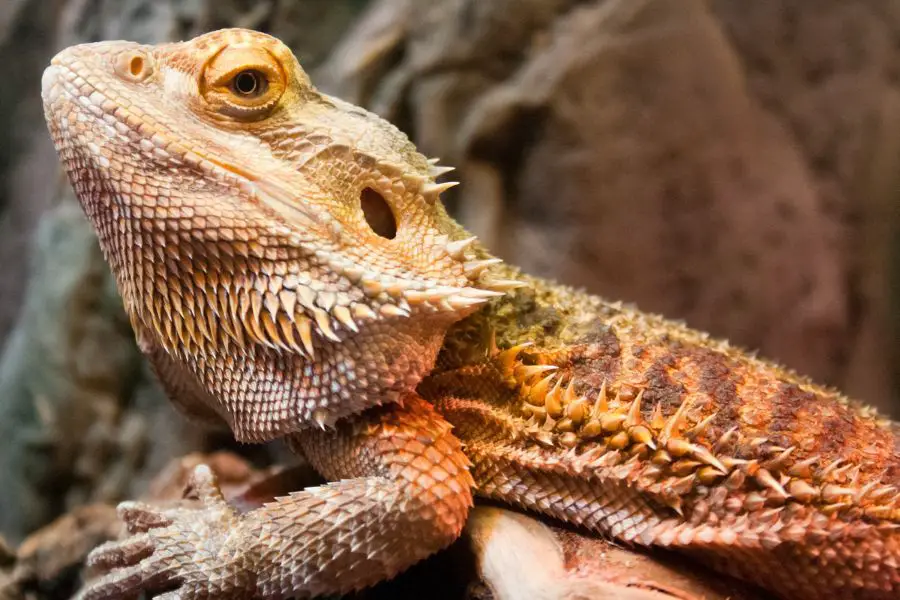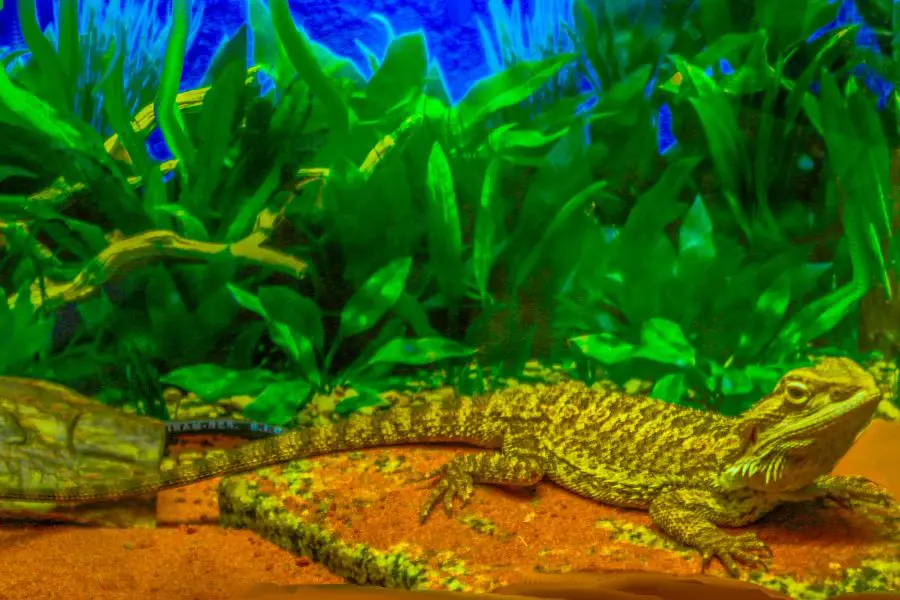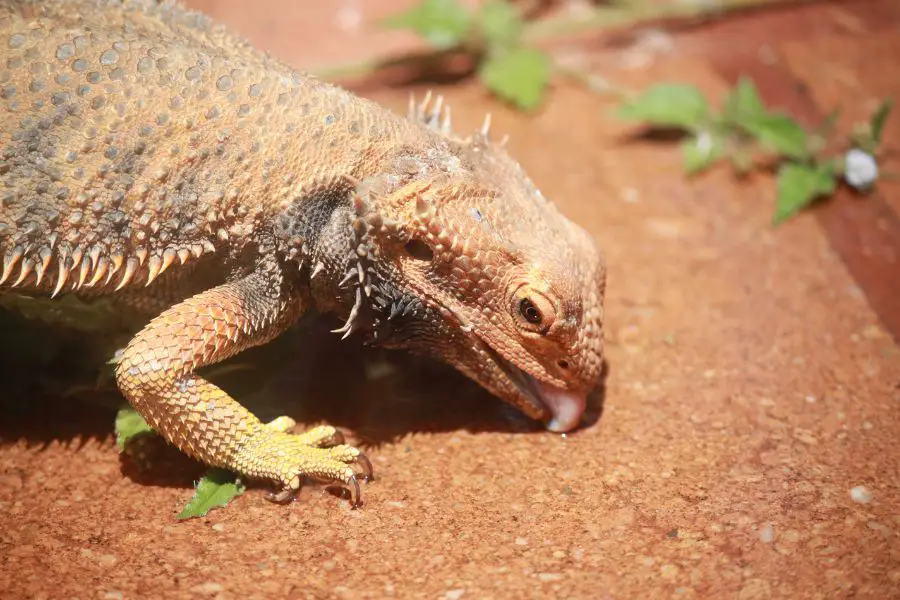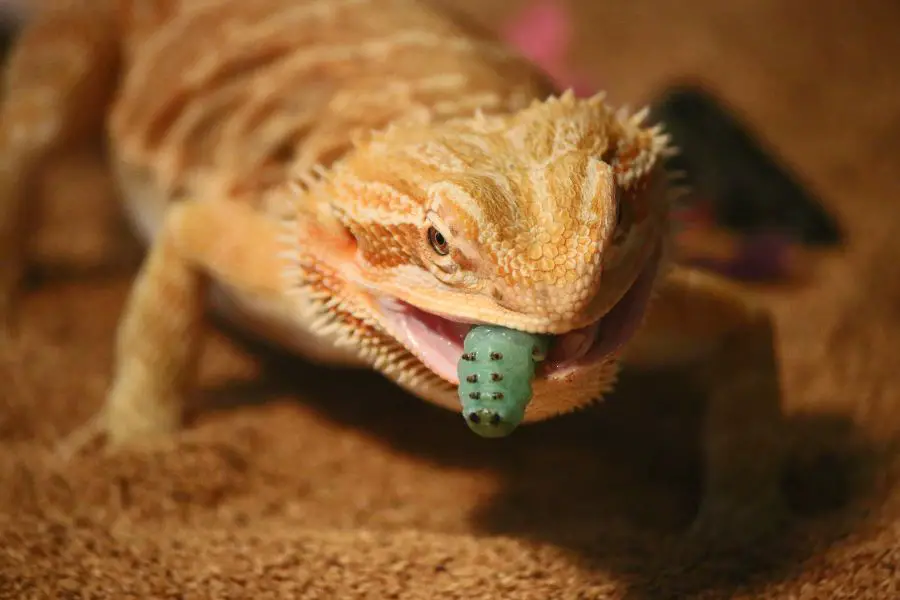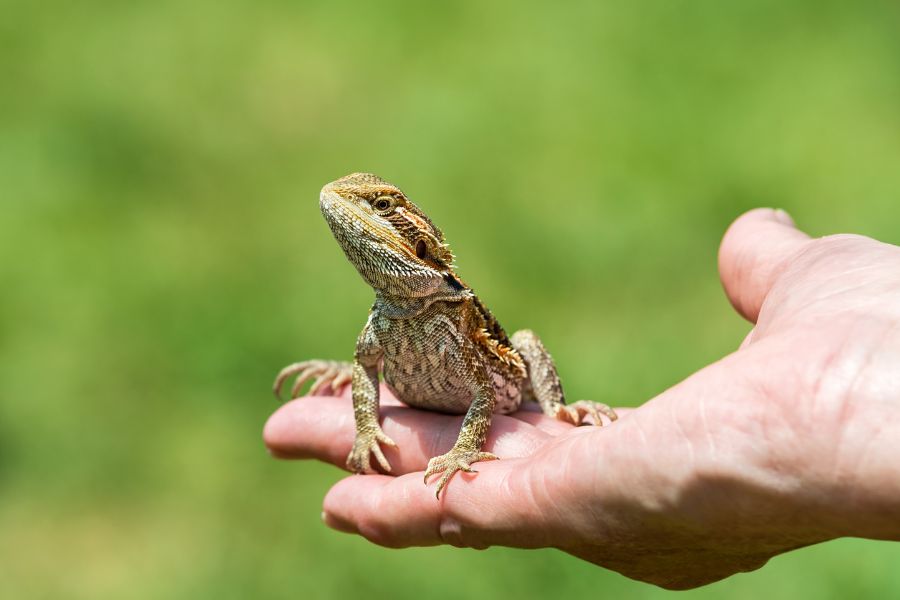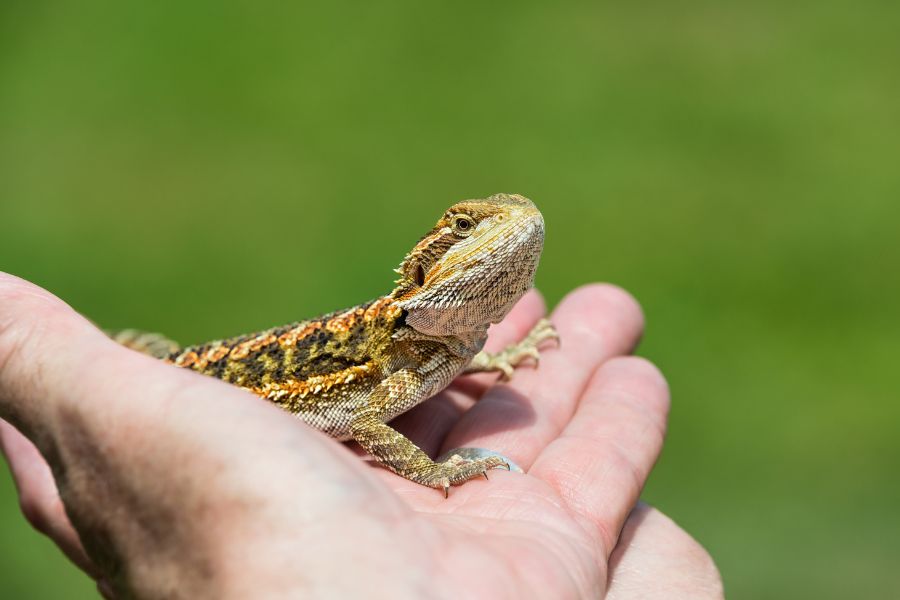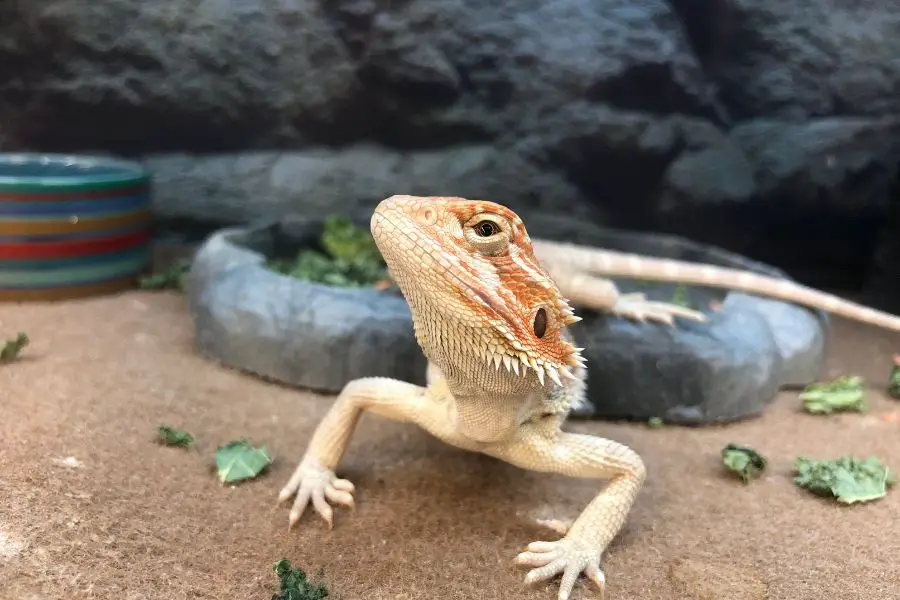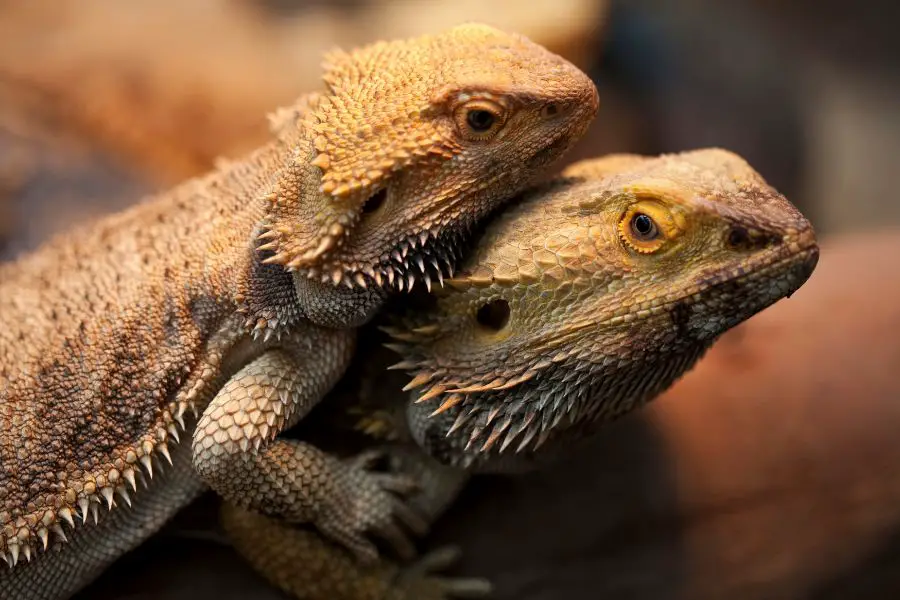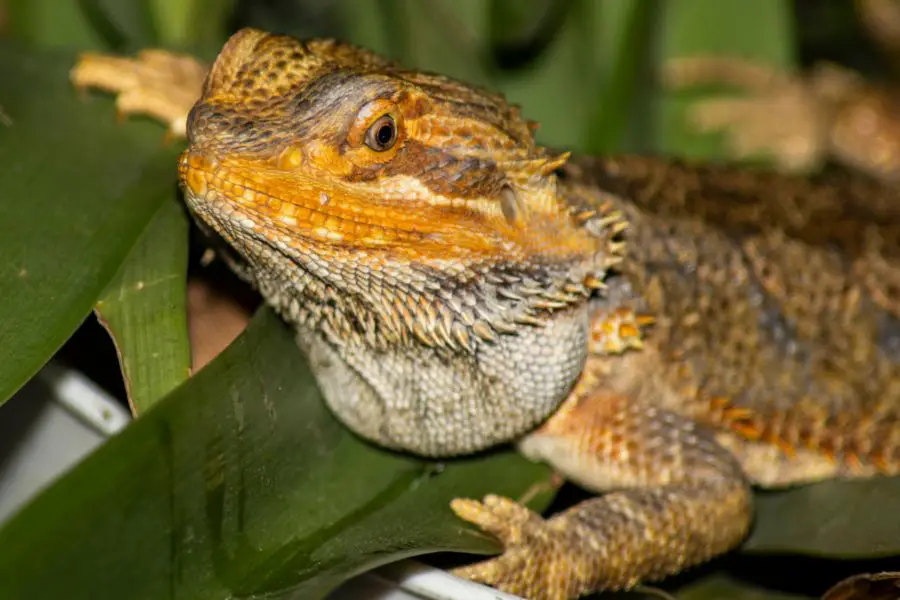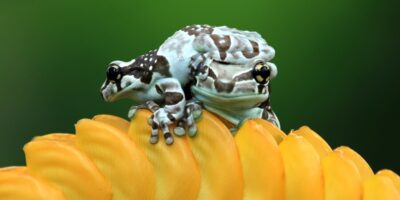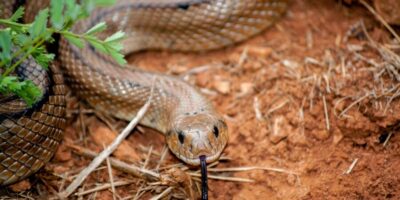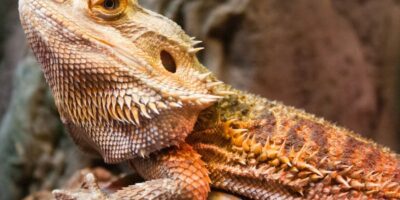Bearded dragons are fascinating reptiles known for their unique characteristics. When it comes to their sense of sight, these creatures have some interesting abilities worth exploring. Understanding how far bearded dragons can see can shed light on their visual perception and the world they experience.
Bearded dragons are these cool reptiles that have some interesting abilities, especially when it comes to their sense of sight. It’s fascinating to explore how far they can see and how it affects their perception of the world around them.
Anatomy of Bearded Dragon Eyes
Bearded dragons have eyes that are quite different from those of other animals. Their eyes are positioned on the sides of their head, providing them with a wide field of view. They also have movable eyelids, which protect their eyes and keep them clean. These physical features play a crucial role in their visual abilities.
Visual Acuity
Bearded dragons have impressive visual acuity, allowing them to see details in their surroundings. Their eyes are adapted for hunting and detecting movement, which is essential for their survival. This keen eyesight helps them spot prey, such as insects, from a distance and track their movements accurately.
Color Vision
Bearded dragons have sharp vision, which means they can see details in their surroundings well. This is important for them because it helps them find and catch their prey, like insects. They can spot them from a distance and track their movements accurately.
Bearded dragons do have color vision, but it’s thought that their perception of colors might be a bit different from ours. They can see a range of colors, but it’s possible that the colors they see might not be as vibrant or as varied as what we see. Scientists are still studying this to fully understand how they perceive colors.
Like many reptiles, bearded dragons can see colors, but their color vision may not be as vibrant as that of humans. They have specialized cells in their eyes called cones, which are responsible for color perception. Bearded dragons have three types of cones, which allow them to see a range of colors, including red, green, and blue. However, their color vision is not as developed as ours, and they may not be able to distinguish between certain shades or perceive colors as vividly as we do.
It’s important to note that bearded dragons rely more on other visual cues, such as movement and shape, to navigate their environment and identify prey. Their vision is well-suited for detecting motion and locating potential food sources. So while bearded dragons do have some color vision, it may not be as detailed or vibrant as what humans experience. If you have any more questions or want to chat about anything else, feel free to let me know!
Depth Perception
Depth perception refers to the ability to perceive the distance and three-dimensional aspects of objects in our environment. Bearded dragons have monocular vision, which means their eyes work independently of each other. This type of vision can limit their depth perception compared to animals with binocular vision, like humans. Binocular vision allows us to have better depth perception because our eyes work together to create a single, cohesive image.
However, bearded dragons have adapted to their monocular vision by using other cues to judge depth. They rely on motion parallax, which is the apparent movement of objects at different distances as the dragon moves. This helps them estimate the distance and size of objects in their environment.
In addition, bearded dragons have a unique head-bobbing behavior that helps them enhance their depth perception. By moving their heads up and down, they can create a parallax effect and get a better sense of distance. So while bearded dragons may not have the same level of depth perception as humans, they have developed alternative strategies to navigate their surroundings effectively.
Visual Range
Bearded dragons can see objects that are in their immediate surroundings well. However, their vision might not extend as far as some other animals. They rely on their sharp eyesight to detect movement and spot prey within a certain distance. Bearded dragons have a relatively wide visual range, allowing them to see objects in their immediate surroundings. However, their visual range may not extend as far as some other animals. They primarily rely on their keen eyesight to detect movement and prey within a certain distance.
Environmental Factors
The visual abilities of bearded dragons can be influenced by environmental factors. Proper lighting is crucial for their overall well-being, as it affects their vision and behavior. Providing appropriate lighting, such as UVB lighting, is essential to support their visual health and ensure they can see optimally.
Sure, I’d be happy to explain how the environment can affect the vision of bearded dragons! The environment plays a crucial role in shaping their visual abilities and how they perceive the world around them.
One important environmental factor is lighting. Bearded dragons require proper lighting, including UVB light, to maintain their visual health. UVB light helps them produce vitamin D3, which is essential for calcium metabolism and overall well-being. Without adequate UVB lighting, their vision may be negatively impacted, and they may develop health issues.
The temperature of the environment also influences their vision. Bearded dragons are ectothermic, meaning they rely on external heat sources to regulate their body temperature. If the temperature is too low, their metabolic processes, including their visual system, may slow down, affecting their ability to see clearly.
The presence of obstacles and hiding spots in their enclosure can also impact their visual perception. Bearded dragons are natural climbers and explorers, so providing a stimulating and enriching environment with branches, rocks, and various hiding spots can enhance their visual abilities. It allows them to navigate their surroundings, exercise their natural behaviors, and stimulate their visual senses.
Lastly, the cleanliness of their enclosure is crucial for maintaining good vision. Dust, debris, or dirty surfaces can obstruct their vision and potentially lead to eye infections. Regular cleaning and maintaining a clean habitat help ensure their visual health. Overall, the environment plays a significant role in shaping the visual capabilities of bearded dragons. By providing proper lighting, temperature, enrichment, and cleanliness, we can help them thrive and maintain optimal vision.
Conclusion
In conclusion, bearded dragons can see objects and movement in their environment, but their visual acuity and range may not be as extensive as that of humans. With their keen sense of motion detection and specialized eye structures, bearded dragons can perceive their surroundings and locate potential food sources.
While they may not have the same level of visual acuity as humans, they have adapted to their unique visual capabilities to thrive in their natural habitats. So, while we may see the world in more detail, these fascinating reptiles have their way of perceiving the world around them.
